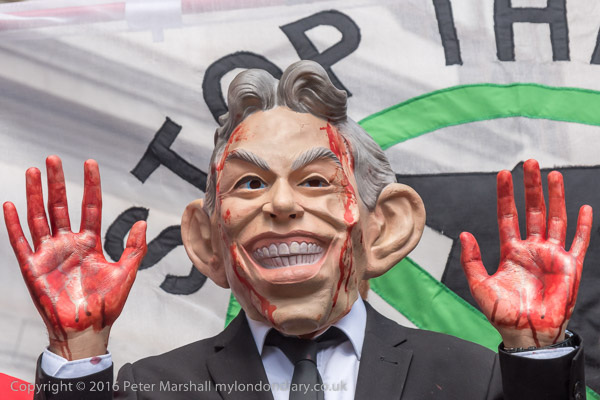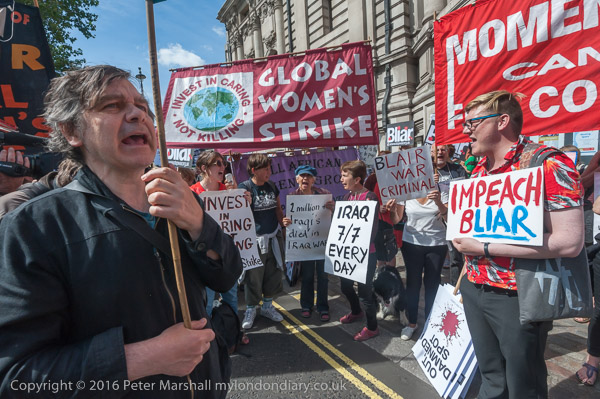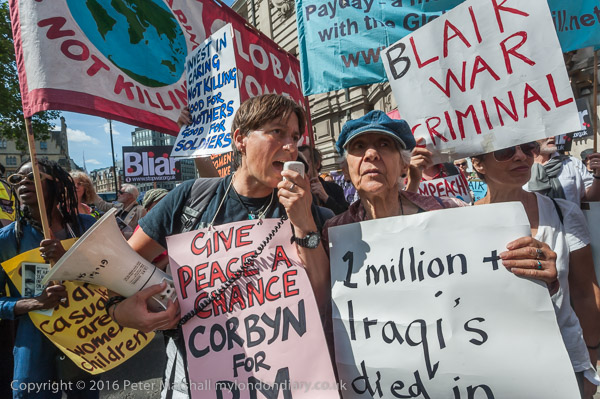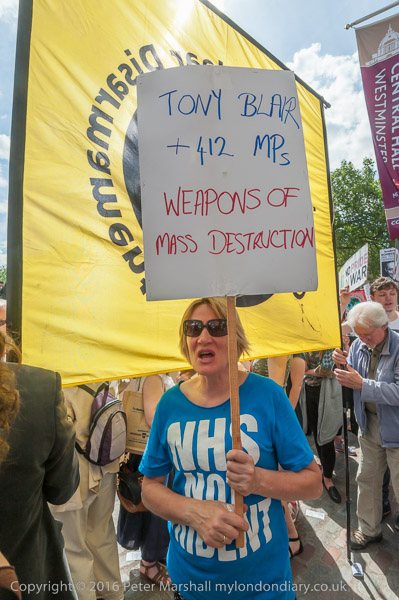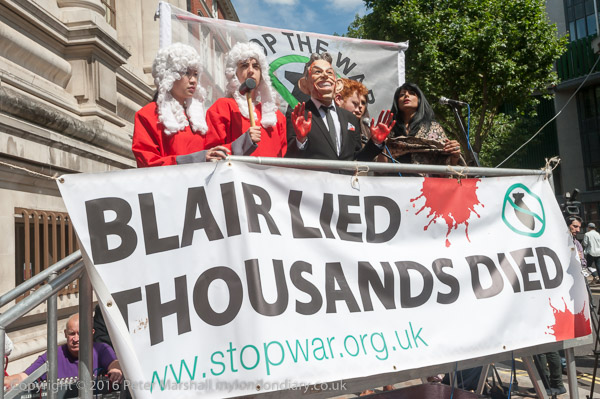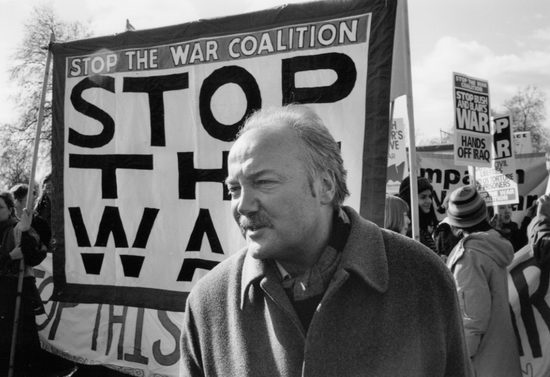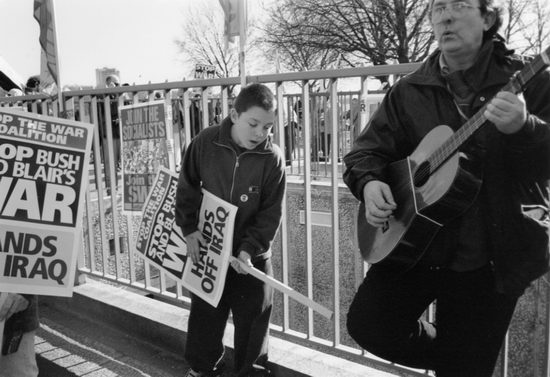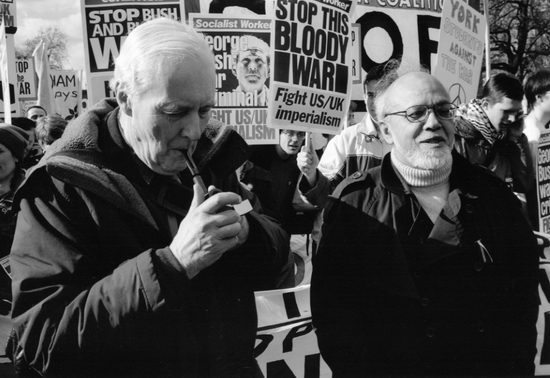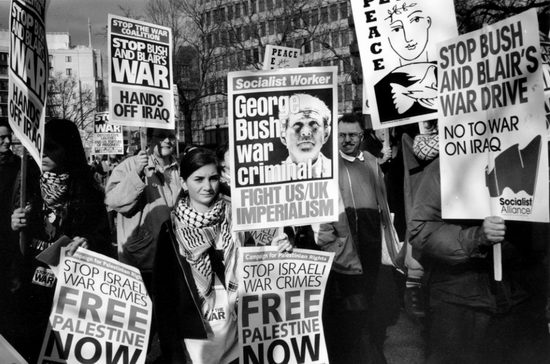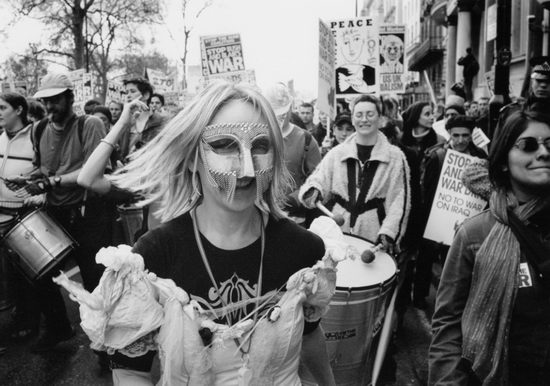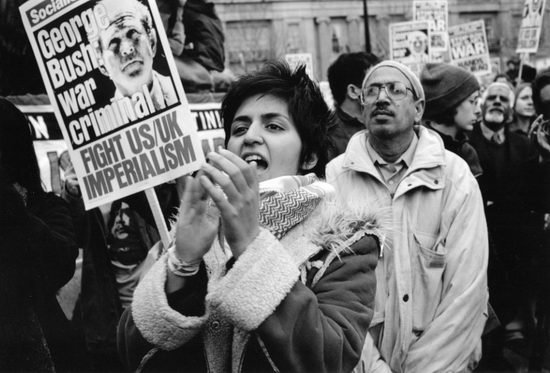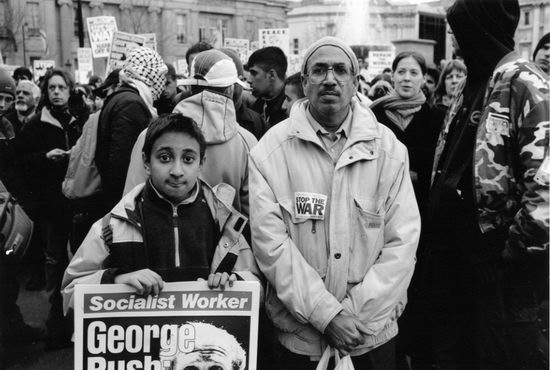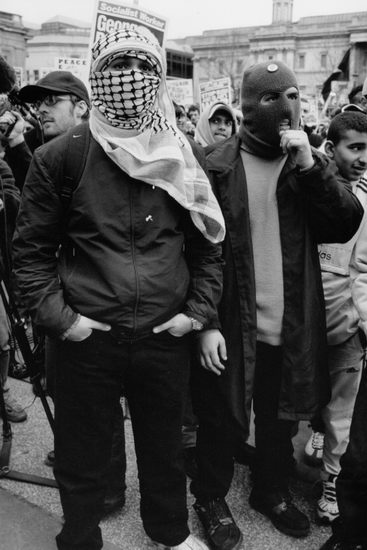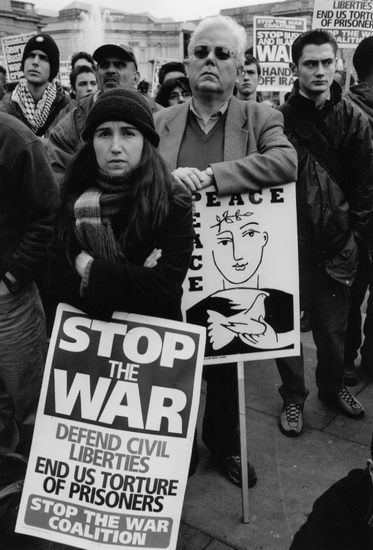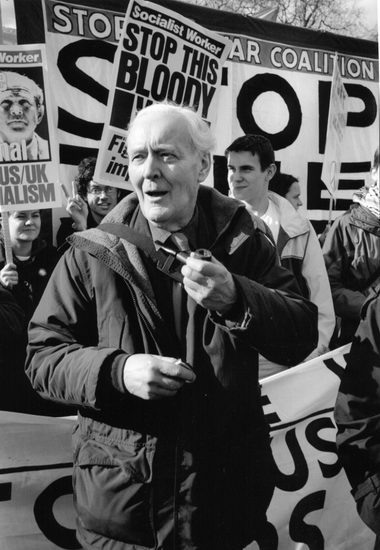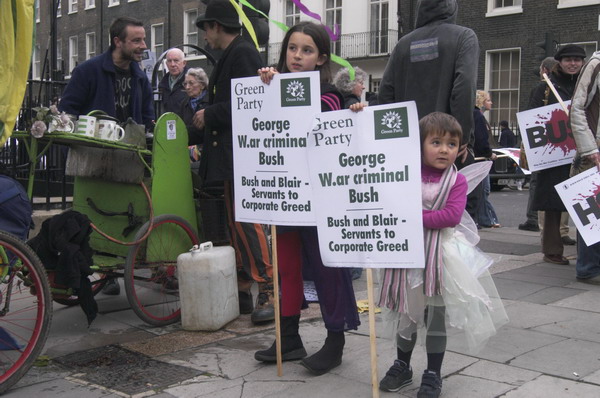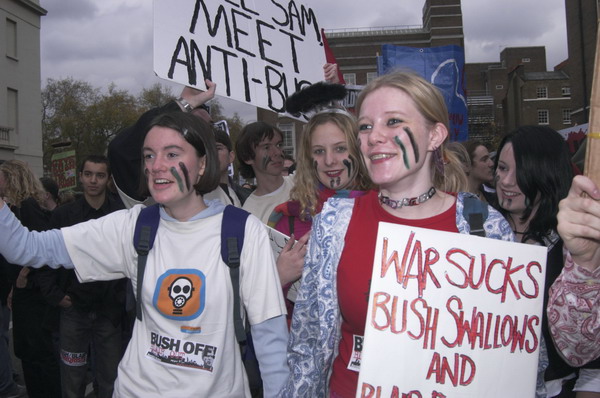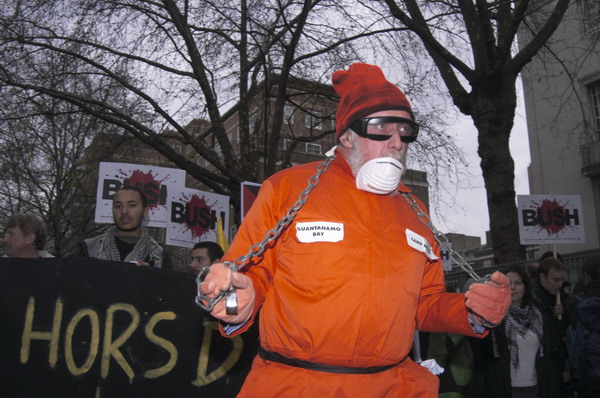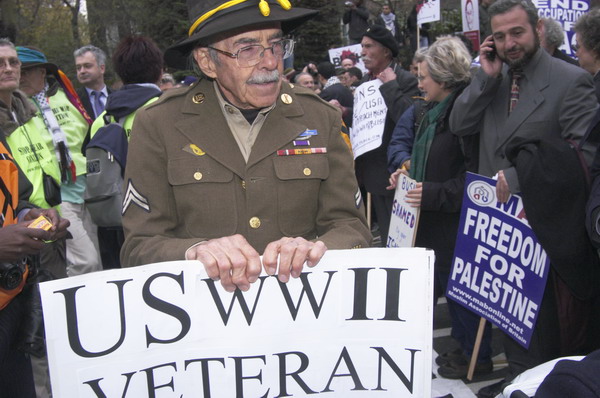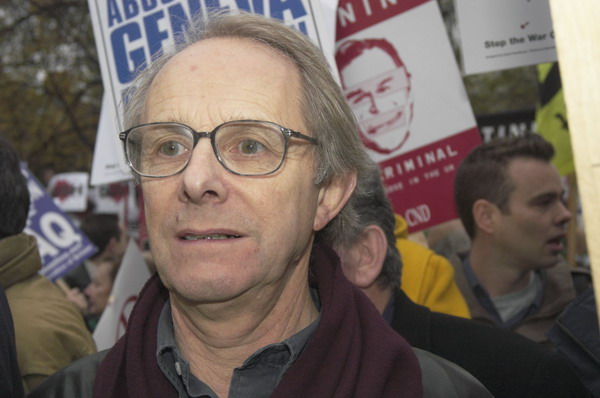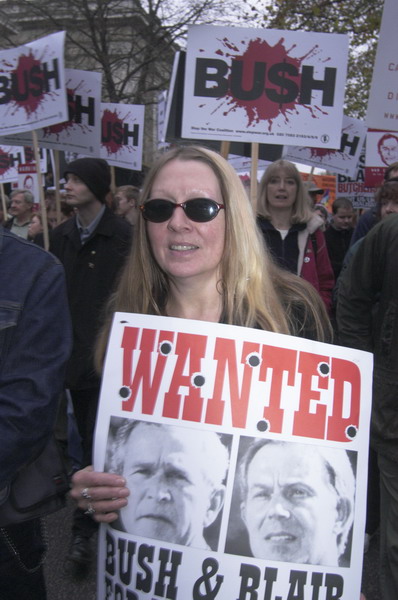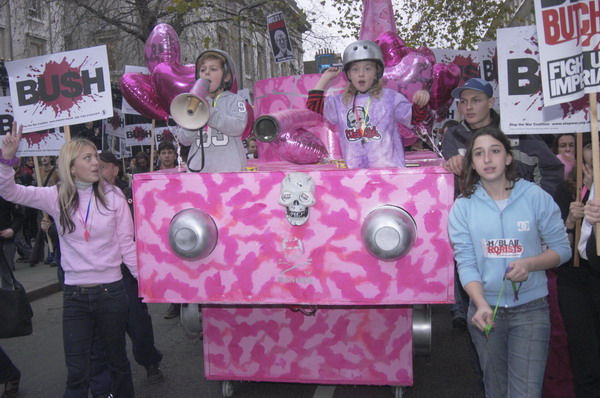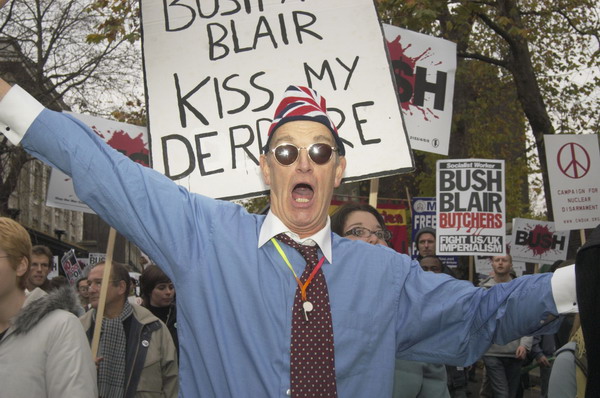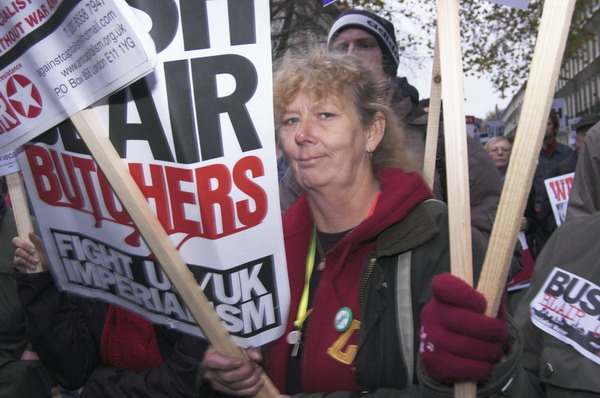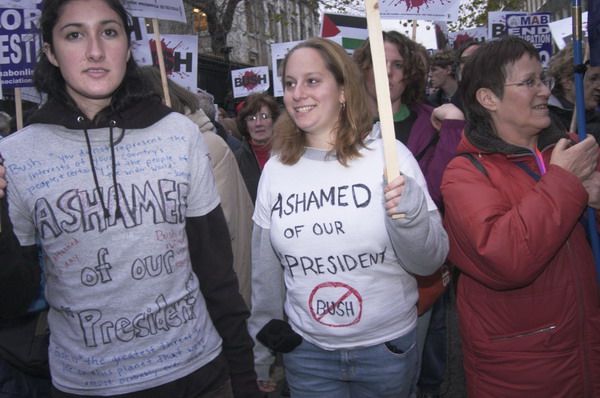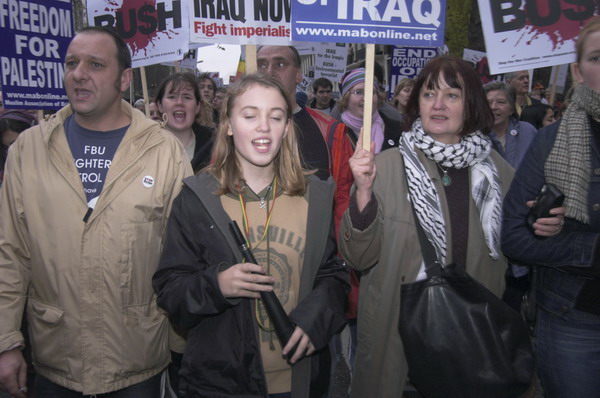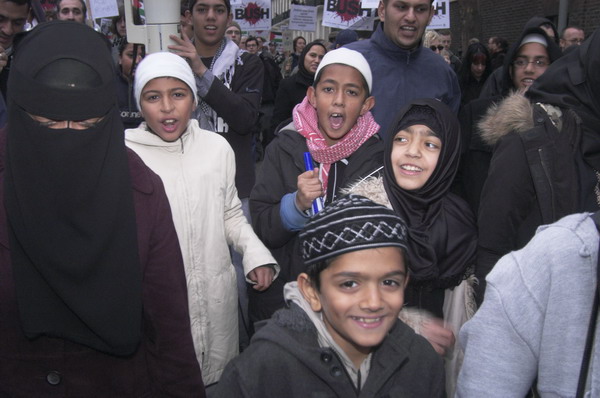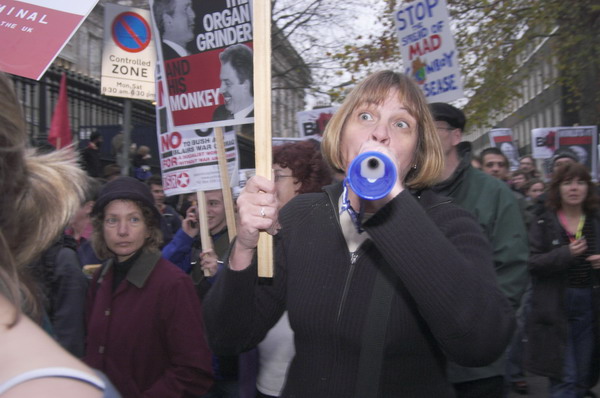Netanyahu, Immigration & Shaker: On Wednesday 9th September 2015 groups came to Downing Street both to protest against and to support the Israeli Prime Minister Netanyahu then making an official visit to David Cameron. And in Parliament Square there were protests supporting the parliamentary report on immigration detention which was being debated, as well as a weekly vigil calling for the release of Londoner Shaker Aamer, still then held in Guantanamo.
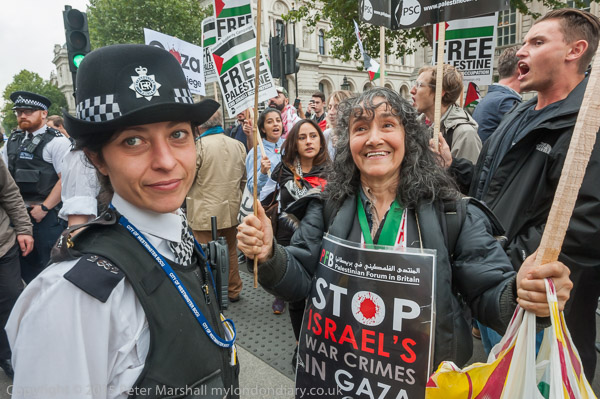
Netanyahu visit protests – Downing Street.

Over a thousand people had come to Downing Street to protest the official visit of Israeli Prime Minister Benjamin Netanyahu, who they say should be arrested for war crimes in the attack on Gaza in 2014.
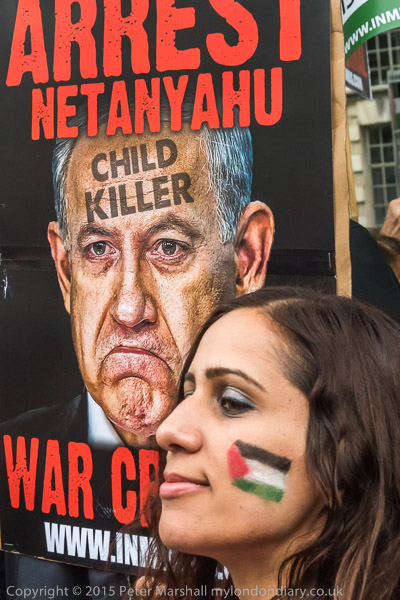
There were too many for the small penned area the police had allocated for the protest and many chose instead to stand in the area between the two carriageways, although police tried to clear the area.
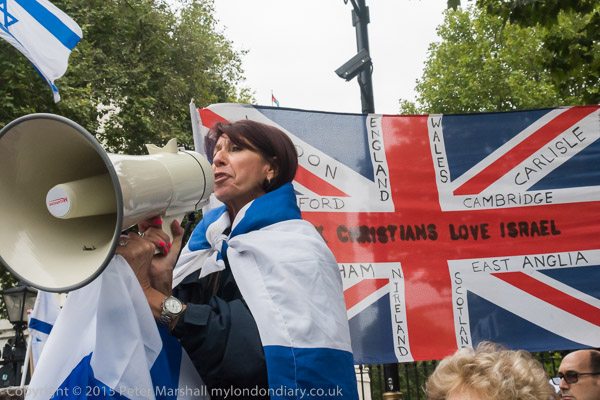
A much smaller group who had come to support Israel were in another pen a short distnace down the road. They included supporters with a Union flag with the message UK CHRISTIANS LOVE ISRAEL.

Some of them had come with posters about other issues, including a woman holding a hand-written sign ‘THEY ARE CRUCIFYING CHRISTAINS IN IRAQ!’ But ISIS which has carried out such atrocities were encouraged by both Israel and the CIA and ISIS relies on Israeli money for the oil they smuggle out to Israel.
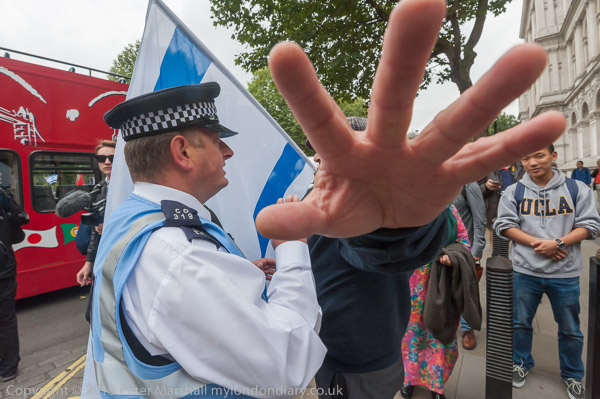
The pro-Israel supporters complained to police that they were not controlling the pro-Palestinian protesters, and one attempted to stop me photographing him as he did so. But I continued to photograph him.

By this time many from both sides were protesting on the pavement in front of Downing Street, and police had made a number of arrests, mainly of pro-Palestine activists. But others continued to complain to police.

Police managed to clear an area so that cars could still leave and enter Downing Street when the gates were opened, and people from both groups shouted at each other across the narrow divide. More police arrived and were able to keep this area clear.

Many protesters had remained on the far side of the road, and they were joined by anti-Zionist Neturei Karta orthodox Jews who held posters saying ‘State of “Israel” Do NOT Represent World Jewry’
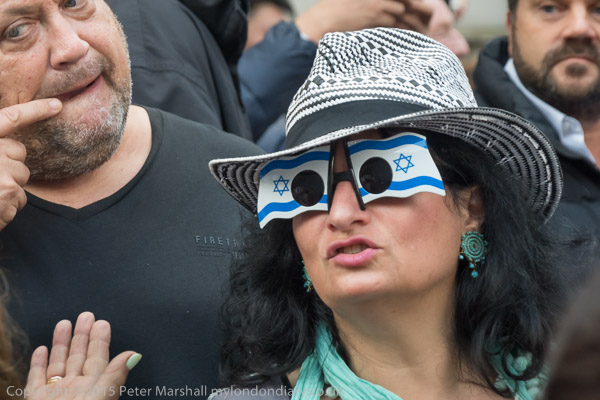
Yet more police arrived and the protests continued with a great deal of noise from both sides. There were more complaints by the Zionists that a few of those at the protests were waving flags in support of the Lebanese Hezbollah. In 2008 the military wing of Hezbollah was proscribed but the parliamentary group which together with its allies had a majority in the Lebanese parliament was not – and both use the same flag.

So it was still legal to use the Hezbollah flag in 2015. But in 2019 Home Secretary Sajid Javid added Hezbollah’s political wing to the list of proscribed terrorist organisations making the flag now illegal to fly in Britain.

One of the pro-Israel protesters was holding a definitely legal Welsh flag, though I could not understand its relevance at this protest. The protest was still continuing very noisily when I left.
More on My London Diary:
Netanyahu visit protest – Free Palestine
Support for Israel & Netanyahu
Fight immigration detention MfJ tells MPs – Parliament Square

The Report of the Inquiry into the Use of Immigration Detention in the United Kingdom
by the All Party Parliamentary Group on Refugees & the All Party Parliamentary Group on Migration was being debated in Parliament and Movement for Justice came to Parliament Square to support some of its conclusions and demand more radical action on immigration.

One of its key conclusions was that there should be a time limit of 28 days on immigration detention which is currently still indefinite. At least one person has been kept in our immigration prisons for three years (less one day) before being released, and none of those held know when or if they may be released or deported. They constantly face the risk of being forcibly deported to a country where their lives are at risk.

Some of those taking part in the protests had previously been held in detention centres for months or more, while MfJ were still calling for an end to the illegal ‘fast track’ system which is clearly designed to remove migrants and asylum seekers before they have a proper chance to prove their right to be here. They also called for a complete end to detention and immigration raids, the opening of the Calais border and an amnesty for migrants.
The report also called for “a whole-sale shift in approach, away from merely focusing on enforcement and towards quality engagement with individuals at all stages of their immigration process” which has been highly successful in other countries.

Needless to say, the Tory government failed to implement any of the changes suggested, and although Angela Rayner, now Deputy Prime Minister, was the only MP to come out and listen to the protest, there seems little chance of our Labour Government moving away from the current racist policies.
Fight immigration detention MfJ tells MPs
Shaker Aamer weekly vigils restart – Parliament Square
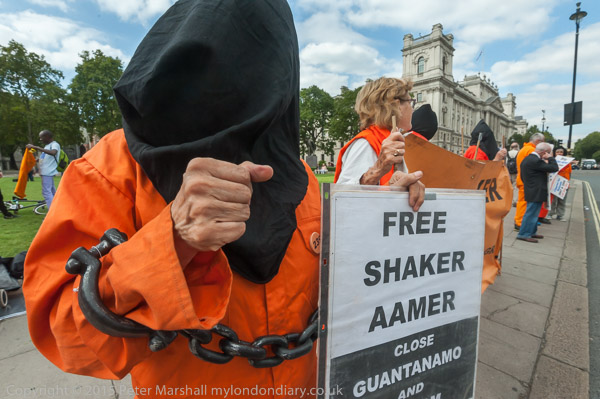
This was the first of a new series of weekly vigils opposite the Houses of Parliament calling for the release of Battersea resident Shaker Aamer, still held, abused and tortured in Guantanamo after more than 13 years despite never facing any charges and having been twice cleared for release.
Shaker Aamer weekly vigils restart
Flickr – Facebook – My London Diary – Hull Photos – Lea Valley – Paris
London’s Industrial Heritage – London Photos
All photographs on this page are copyright © Peter Marshall.
Contact me to buy prints or licence to reproduce.
